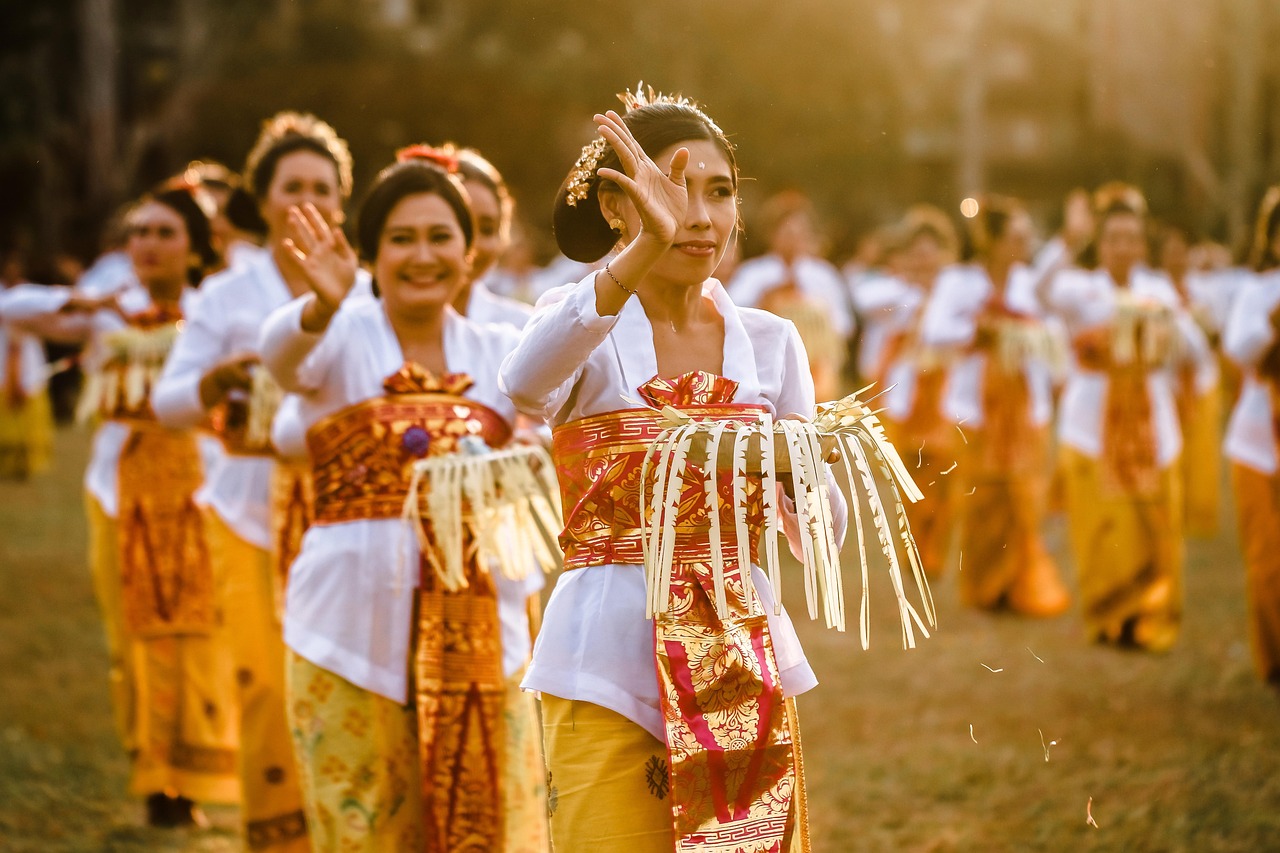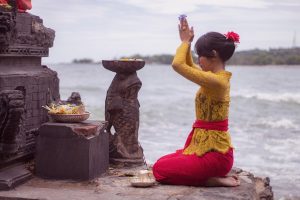Indonesia, an archipelago of over 17,000 islands, is home to an astonishing variety of cultures, ethnicities, and traditions. Each region of the country possesses its own unique customs, languages, and artistic expressions, which together form the rich cultural tapestry that defines the nation. One of the most captivating aspects of Indonesia’s cultural heritage is its traditional dances. These dances are more than just performances; they are living narratives that encapsulate centuries of history, religious influences, and societal values.
The intricate movements, elaborate costumes, and enchanting music accompanying these dances create an immersive experience that mesmerizes audiences both locally and internationally. From the mystical Reog Ponorogo of East Java to the elegant Legong dance of Bali, each dance offers a glimpse into the soul of Indonesia’s diverse heritage. Here, we explore 12 traditional Indonesian dances that exemplify the country’s cultural richness and artistic brilliance.
12 Traditional Indonesian Dances That Showcase the Nation’s Rich Culture

Indonesia is a country known for its incredible cultural diversity, with more than 17,000 islands and over 1,300 ethnic groups. This diversity is beautifully expressed through its traditional dances, each carrying deep historical, religious, and social significance. These dances are often performed during ceremonies, festivals, and artistic showcases, reflecting the values and identity of the regions they originate from. Here are 12 traditional Indonesian dances that exemplify the nation’s rich cultural heritage.
1. Saman Dance (Aceh)
Also known as the “Thousand Hands Dance,” the Saman dance originates from the Gayo ethnic group in Aceh. It is performed by a group of men sitting in a tight row, executing rapid hand movements, claps, and body slaps in perfect synchronization. The dance is traditionally performed to celebrate important occasions, often accompanied by chants and prayers in Arabic. Recognized by UNESCO as an Intangible Cultural Heritage of Humanity, the Saman dance is a true testament to discipline, unity, and harmony.
2. Pendet Dance (Bali)
The Pendet dance is a welcoming dance from Bali, originally performed in temples as part of religious rituals. Over time, it has also become a dance to greet guests at formal events. The dance features elegant, slow movements that symbolize purity and the offering of blessings. Dancers carry small bowls of flower petals, which they scatter as a gesture of welcome and gratitude.

3. Kecak Dance (Bali)
The Kecak dance is one of Bali’s most famous performances, often referred to as the “Monkey Chant” dance. It features a large group of male dancers sitting in a circle, rhythmically chanting “cak-cak-cak” while moving their hands in a dramatic fashion. The dance narrates scenes from the Ramayana epic, particularly the story of Prince Rama rescuing his wife Sita from the demon king Ravana. The lack of musical instruments and the reliance on vocal chants make Kecak unique among Indonesian dances.
Also read: 17 Hidden & Famous Tourist Spots In Bali You Can’t Miss
4. Reog Ponorogo (East Java)
Reog Ponorogo is a dramatic and powerful dance from East Java, often performed during festivals and special ceremonies. It is best known for its elaborate lion mask (Barong), which can weigh up to 50 kg and is carried by the main dancer using only their teeth. The performance also includes acrobatic movements, warriors, and mystical elements, symbolizing the triumph of good over evil.
5. Jaipong Dance (West Java)
Jaipong is a dynamic and energetic dance from West Java, blending traditional Sundanese movements with modern influences. It emerged in the 20th century as a form of entertainment that incorporates lively drumming rhythms, expressive gestures, and quick footwork. Jaipong is often performed at social gatherings, showcasing the vibrancy and spontaneity of Sundanese culture.
6. Tari Topeng (Masked Dance) (Cirebon, West Java)
Tari Topeng, or the Masked Dance, is a significant part of Cirebonese and Javanese culture. Dancers wear different masks to represent various characters, each telling a story from folklore or historical legends. The movements are graceful and precise, with each mask color symbolizing a different personality trait or emotion.
7. Serimpi Dance (Yogyakarta)
The Serimpi dance is a classical Javanese court dance, traditionally performed in the royal palaces of Yogyakarta and Surakarta. It is characterized by slow, deliberate movements that exude grace and serenity. The dance symbolizes femininity, elegance, and noble virtues, often depicting stories of love and conflict from Javanese literature.
8. Tari Piring (Plate Dance) (West Sumatra)
Tari Piring, or the Plate Dance, originates from the Minangkabau people of West Sumatra. Dancers hold porcelain plates in their hands, skillfully flipping and balancing them while executing rapid movements. The dance was historically performed as a ritual to express gratitude to the gods, but today, it is often seen at cultural events and celebrations.
9. Cakalele Dance (Maluku)
Cakalele is a warrior dance from the Maluku islands, originally performed as a battle preparation ritual. Male dancers wield machetes and shields while executing bold, aggressive movements, showcasing strength and bravery. The dance is accompanied by the rhythmic beating of drums and traditional chants, evoking a powerful and spirited atmosphere.
10. Legong Dance (Bali)
The Legong dance is another exquisite Balinese dance that showcases delicate and intricate movements. It is traditionally performed by young girls who undergo rigorous training to perfect their gestures, facial expressions, and eye movements. The dance tells various mythological stories and is often performed during temple ceremonies and cultural events.
Also read: 10 Best Indonesian Dishes That Define The Nation’s Flavors
11. Gambyong Dance (Central Java)
The Gambyong dance is a classical Javanese dance that was originally performed as an offering to the gods but later became a popular form of entertainment. It is characterized by fluid, elegant hand movements and subtle expressions, often performed by a solo dancer or a small group. The dance represents grace and prosperity, making it a favorite in royal and community events.
12. Giring-Giring Dance (Kalimantan)
The Giring-Giring dance comes from the Dayak tribe of Kalimantan (Borneo). Dancers use bamboo poles to create rhythmic sounds while performing intricate footwork. The dance reflects the agility and dexterity of the Dayak people and is often showcased during traditional festivals and harvest celebrations.
Conclusion
Indonesia’s traditional dances are more than just artistic performances; they are living expressions of history, spirituality, and identity. Each dance carries unique stories and meanings, reflecting the rich cultural heritage of different regions. By preserving and promoting these traditional dances, Indonesia continues to celebrate its diversity and share its vibrant traditions with the world.

Alfath Dewantara is the manager of Jungle Inn Hotel in Bukit Lawang and a leading expert in Bukit Lawang eco-travel. With years of experience in sustainable tourism, he is dedicated to preserving the region’s rich biodiversity while providing authentic jungle experiences for visitors.




